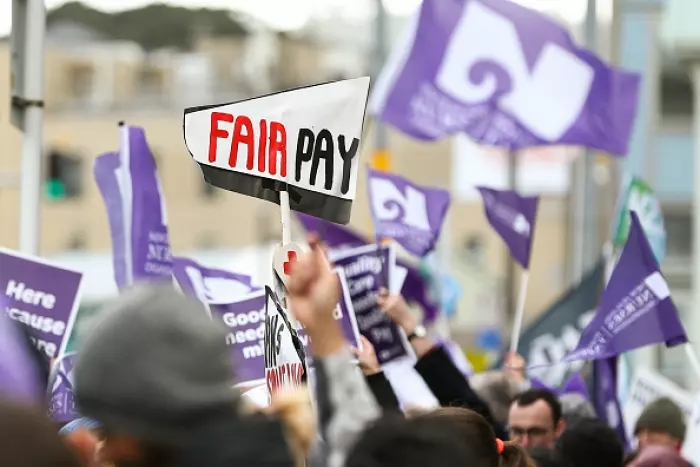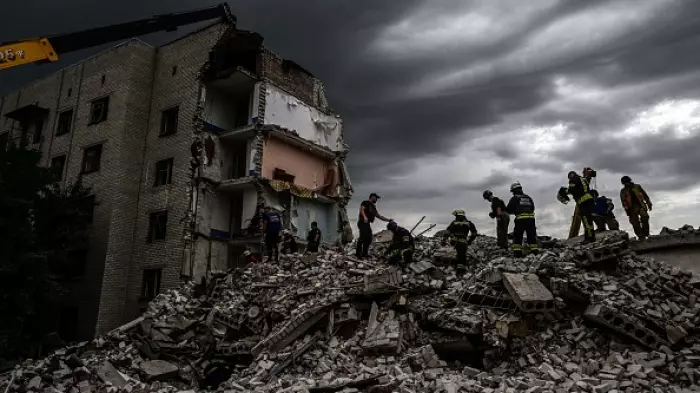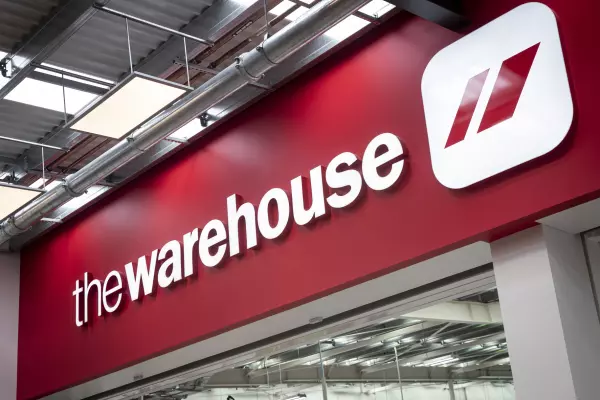On May 5, public service minister Chris Hipkins announced that public servants earning more than $60,000 would only be offered pay increases under special circumstances for the next three years.
Further, there would be no pay increases for those earning more than $100,000. Pay increases would only apply to those earning less than $60,000.
Despite denials to the contrary this was a state sector pay freeze. The mechanism was the public service and finance ministers giving "guidance" to the employers of public servants which includes district health boards (DHBs). But this guidance is the kind of guidance you have when there is no guidance; for district health boards and other state sector employers these are instructions.
Weak explanations
The government’s explanation was that it was necessary to keep a lid on public debt, which had skyrocketed during covid-19 to pay for expensive, but necessary, measures like the wage subsidy. This argument was weak given the admission there was no estimate of how much money would be saved by the freeze and the subsequent release of the Crown accounts which revealed the government’s financial books were $5.2 billion better off than forecast in December.
A second explanation, primarily from within social media, connected the freeze with the further announcement later in the week of the government’s intention to legislate for fair pay agreements to provide industry sector based minimum employment standards. The argument was that the freeze announcement would blunt the effectiveness of public opposition to fair pay agreements (FPA) from business and employer organisations. This is overly speculative.
Wider context: nurses
Instead, the government’s pay freeze should be seen in the context of the wider collective bargaining environment in DHBs. The numerical predominance and status of nurses makes the multi-employer collective agreement (MECA) negotiated by the NZ Nurses Organisation (NZNO) pivotal. It doesn’t determine but influences subsequent negotiations with other unions.
2018 was a fractious time for MECA negotiations between DHBs and the NZNO, including national strikes. There was much pent-up anger among many nurses after nearly a decade of disappointing negotiations and failure to address safe staffing concerns. While ratified by members it wasn’t by a strong majority. Many nurses, including those who voted for ratification, felt devalued by both the negotiating process and outcome. The MECA expired on 31 July 2020.
NZNO has learnt much from this challenging experience taking on board the lessons for its latest negotiations. It can’t afford to be perceived as a soft touch for the government. Consequently, its bargaining process is more membership-led than previous negotiations.
After around 10 months of negotiations the parties are still far apart. For a settlement of around two years, NZNO is seeking a 17% salary increase compared with a 1.38% offer from the DHBs. Nurses' sense of being undervalued has intensified with the belief that the government, which calls the bargaining shots (DHBs are their facemasks), is failing to negotiate in good faith. It was unsurprising that NZNO’s membership ballot delivered a strong mandate for a national strike on 9 June. The government’s pay freeze ‘guidelines’ compounded the undervaluing and didn’t do its credibility with nurses any favours.
Strike strategy
The strike itself is part of a gradual escalation strategy commencing with eight hours from 11am to 7pm. As much as possible the focus is on inconveniencing DHBs rather than patients and delivering a strong public message to the government. It could have easily been a 24-hour strike but the shorter strike time is a warning of subsequent escalation to more and longer strikes.
Patients themselves should not be at risk. There is an obligation in law for life preserving services agreements to be agreed by NZNO and DHBs, including the number of nurses who will be available to work in the event of risk of harm to patients. Work on this is well underway. Further, NZNO has also committed to nurses being available for covid-19 vaccinations during the strike.
Potential gamechanger
There is a potential game-breaker, however. An important part of the previous MECA settlement was a joint commitment to reach agreement over the implementation of pay equity in DHB nurses remuneration. Progress has been frustratingly slow to the extent that a big part of NZNO’s 17% salary claim was to address pay equity.
The government has it within its power to tangibly speed up the resolution of nursing pay equity either away from or at the negotiating table. If this happened then much of the heat and the gap between the parties would significantly reduce. But this would require a level of adroitness from the government it hasn’t achieved recently.
The government’s most likely reason for its pay freeze announcement was to affect the level of the salary increase in the nursing MECA negotiations by reducing expectations which would then flow on to subsequent negotiations with other health sector unions. It backfired and its position is now morphing into attempted pay restraint.
But unless the government ups its adroitness by promptly addressing pay equity, the freeze will become an industrial cold war in which its credibility with all health professionals and the public will be the biggest casualty.














